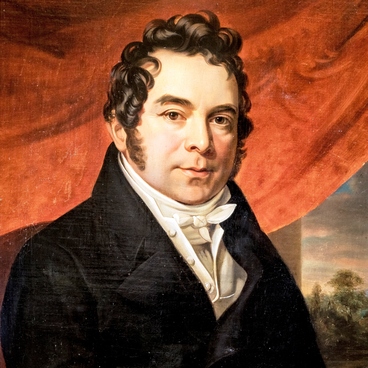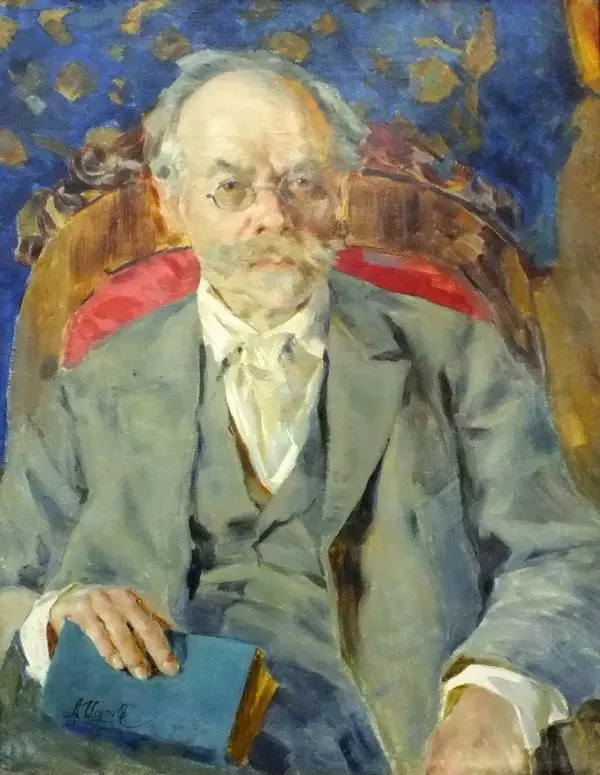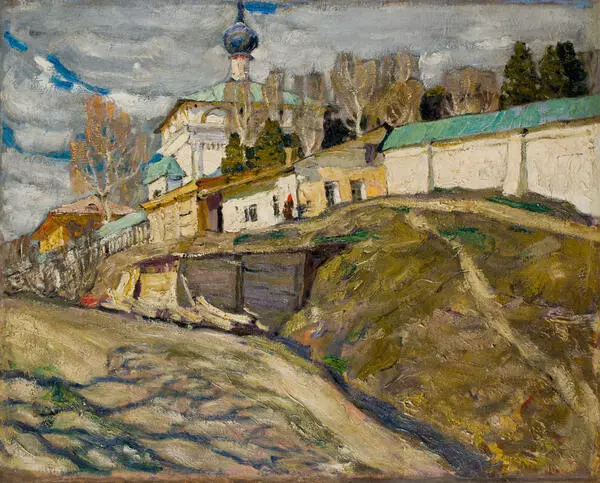Alexey Vladimirovich Isupov was a genre painter, landscapist and portraitist. He studied at the Moscow School of Painting, Sculpture and Architecture under Apollinary Mikhailovich Vasnetsov and Konstantin Alexeyevich Korovin. His works are kept in the State Tretyakov Gallery, the State Russian Museum, the Kirov Art Museum and other collections.
The name of Alexey Isupov is among those representatives of the Moscow school of painting, whose Realist artworks and manner of painting continued the Peredvizhniki traditions at the new stage of development of Russian art in the first half of the 20th century.
Isupov, who was still a student at the Moscow School of Painting, Sculpture and Architecture and yet already a professional artist, began to display his works at exhibitions of the Union of Russian Artists, as well as at international exhibitions in the United States and Czechoslovakia.
During World War I, Isupov was in military service in Turkestan (1915–1917). The artist devoted the Turkestan period of his life and work in 1918–1921 to a deep study of the world’s artistic legacy, in particular ancient Eastern art and architecture, and created works of various genres: portraits, narrative compositions and landscapes. Isupov took part in the organization of the first Turkestan Higher Art School and was on the committee for the restoration and protection of monuments in Samarkand.
In “Portrait of an Uzbek Man”, Isupov’s professional skill is combined with the ability to convey the personality of an ordinary man and the characteristic features of his appearance. The artist captured the look of sadness and deep reflection in the man’s inquisitive eyes. The color palette of the painting is based on the contrast between the man’s dark-skinned face and the green background, which adds tension to the portrait. The facial features are elaborately outlined, while the clothes and shallow background are painted with broad brush strokes.
The portrait combines the lifelike quality of the man’s image and the impartial interpretation of it, based on the traditions of portrait painting established by the Peredvizhniki artists, with the achievements of the new art, which focuses on the subject of color and form.






